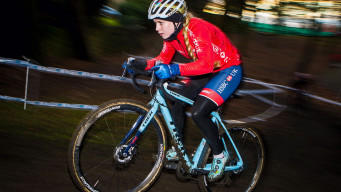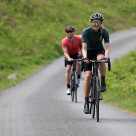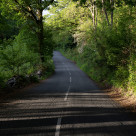How to get into cyclo-cross
Introduction to cyclo-cross
Skinny tyres, mud, short, sharp off-road races, with hurdles, obstacles and intense action. That’s cyclo-cross, a form of off-road racing that predates mountain biking by decades.
Cyclo-cross is also one of the most accessible forms of cycle sport with racing for everyone from young kids to grandparents. Throughout the autumn and winter, it’s probably taking place in a park near you.


The venue
Cyclo-cross takes place in off-road venues such as public parks and other open spaces. Surfaces can include grass, mud, gravel and sand. Courses are short and winding, enabling multiple laps to be completed within a set distance. Courses often feature obstacles such as hurdles and sand pits, forcing riders to dismount and carry or run with their bikes. Some courses are more ‘technical’ than others, featuring tight single-track trails, tree roots and other obstacles.
The cyclo-cross rider
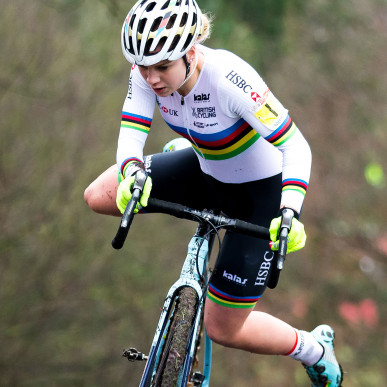
Although ultra-competitive and technical at the highest level, cyclo-cross is one of the most accessible forms of cycle sport, with racing categories from under-12 to over 50 and everything from regional leagues in local parks to world-class events attracting riders from across the globe.
Cyclo-cross events
The bike
Cyclo-cross bike
Cyclo-cross bikes are from a distance, very similar to road bikes, with 700c wheels, rigid frames and forks and dropped handlebars. However, there are significant differences; cyclo-cross bikes have wider knobbly tyres, slighter lower gearing, different frame geometry, more clearance for mud and either cantilever or disc brakes.
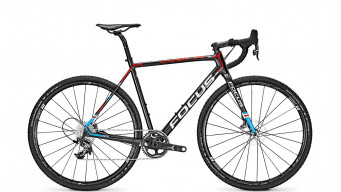
Kit and clothing
Jersey
Cyclo-cross is predominantly an autumn and winter sport, so it’s important to dress according to the weather. T-shirts are fine, until they get wet from either the rain or your sweat, so you may prefer to wear cycling-specific jerseys that will help to draw moisture away from your clothing. Adjust your base layer according to the conditions, but be careful not to overdress as you will be working hard.

Shorts
Traditionally, skin-suits are worn for cyclo-cross, but you can also pair your jersey with regular bib-shorts (padded shorts supported by shoulder straps). One piece skin-suits are probably warmer as they can’t ride up exposing your back and there are no pockets to catch handlebars or pedals when carrying the bike.
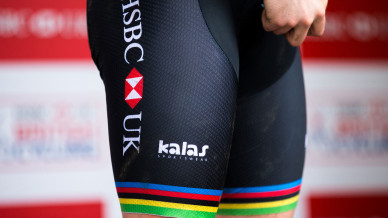
Helmet
As with all forms of cycle sport in the UK, a helmet is compulsory for cyclocross and your regular road helmet is ideal. Despite the fact you’re racing through the coldest winter months, you’ll soon be overheating in a cross race so you’ll still be grateful of the cooling vents. Some racers will wear a cotton casquette under their helmet to wick sweat away and to provide some protection against the cold or, if it’s really bitter, might also wear a headband to protect their ears.
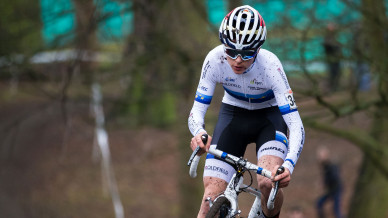
Get involved with cyclo-cross
Watch cyclo-cross
Cyclo-cross events are great for spectators, as racing takes place in a relatively small, self-contained area. The atmosphere is friendly and you’ll get to see plenty of the action, as courses often loop through the same area a few times per lap. All events from regional leagues to national championships are free to watch, so why not come along to the next one and show your support? You never know, you might end up riding the next one!
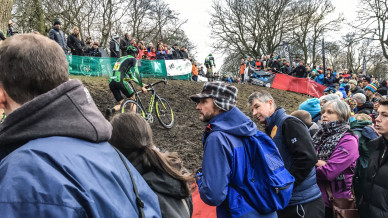
Cyclo-cross clubs
Most local cycling clubs are heavily involved in the cyclo-cross season, which generally runs through the autumn and winter, although summer cyclo-cross leagues are becoming more popular. Riding club events is a great way to start, allowing you to build your skills and confidence and pick up tips from more experienced riders. Many clubs run cyclo-cross skills sessions for young people and adults. Contact your local club to see what’s happening in your area.
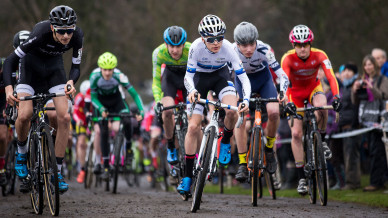
Cyclo-cross events
Cyclo-cross racing is an autumn and winter sport, with well-organised leagues throughout the country. Races are easily accessible, often only requiring a day licence to take part. For local events, you don’t need even need a dedicated cyclo-cross bike, you can have a go on any decent cross-country mountain bike.
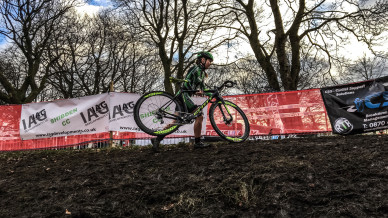
Volunteer
Support the sport by volunteering your time and skills at your local cyclo-cross event. There are opportunities for a variety of roles including timekeepers, judges, and scrutineers. British Cycling has a range of volunteer education courses to support your development.

Cyclo-cross technique & training
In cyclo-cross, technique in the single most important factor. Having the proper equipment is useful, but the key is knowing how to use it effectively. Visit our Insight Zone for more information on how to improve your technique.
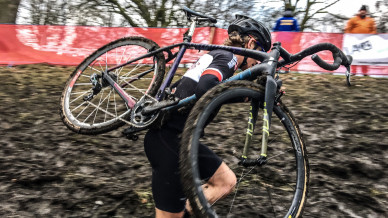
Race licence
In order to race, you’ll need a licence, although you can get a day licence. There are likely to be races near you all across the country at weekends between September or February and you can find details of them on the British Cycling events calendar.




